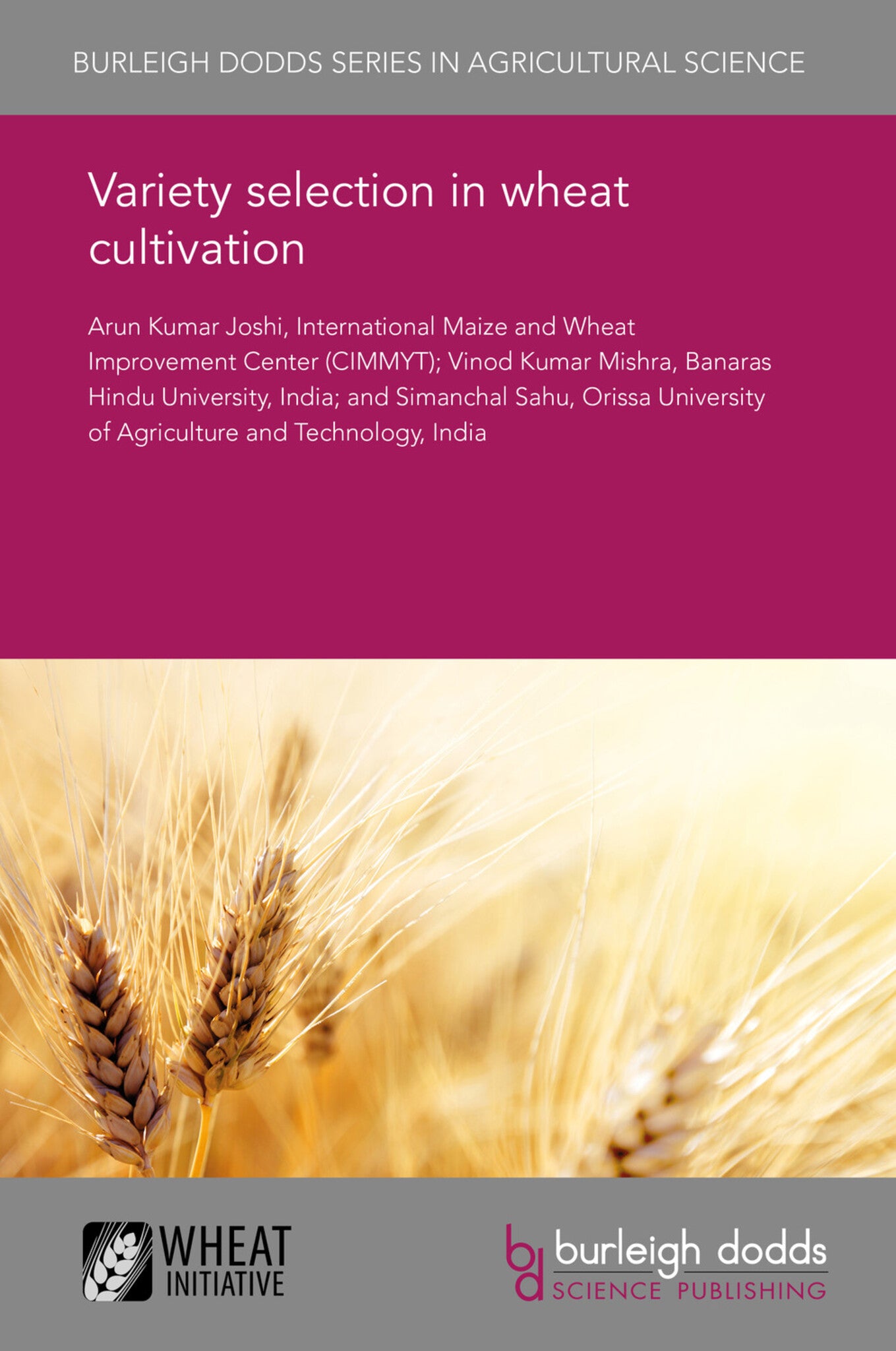We're sorry. An error has occurred
Please cancel or retry.
Variety selection in wheat cultivation
Regular price
£25.00
Sale price
£25.00
Regular price
£25.00
Unit price
/
per
Sale
Sold out
Re-stocking soon
Variation among wheat plants serves as the raw material for varietal development or plant breeding, allowing the selection of plants which are suited to particular environments, management methods ...
Read More

Some error occured while loading the Quick View. Please close the Quick View and try reloading the page.
Couldn't load pickup availability
- Format:
-
21 July 2017

Variation among wheat plants serves as the raw material for varietal development or plant breeding, allowing the selection of plants which are suited to particular environments, management methods or markets. The superiority of an identified line is normally validated through a series of trials, and once established the new variety is registered and released for cultivation by a competent authority. In this chapter, we review the methods used to develop new varieties of wheat, including both traditional breeding and modern molecular breeding using marker-assisted selection, genomic selection and next-generation phenotyping. We also consider the criteria used by both plant breeders and farmers to select between available varieties.

Price: £25.00
Publisher: Burleigh Dodds Science Publishing
Imprint: Burleigh Dodds Science Publishing
Series: Burleigh Dodds Series in Agricultural Science
Publication Date:
21 July 2017
ISBN: 9781838793036
Format: eBook
BISACs:
TECHNOLOGY & ENGINEERING / Agriculture / Sustainable Agriculture, Agronomy and crop production, TECHNOLOGY & ENGINEERING / Agriculture / Agronomy / Crop Science, Sustainable agriculture

1 Introduction 2 Wheat variety selection methods: natural and traditional selection 3 Wheat variety selection methods: modern molecular breeding 4 Variety selection by plant breeders 5 Variety selection by farmers 6 Conclusion 7 Where to look for further information 8 References



